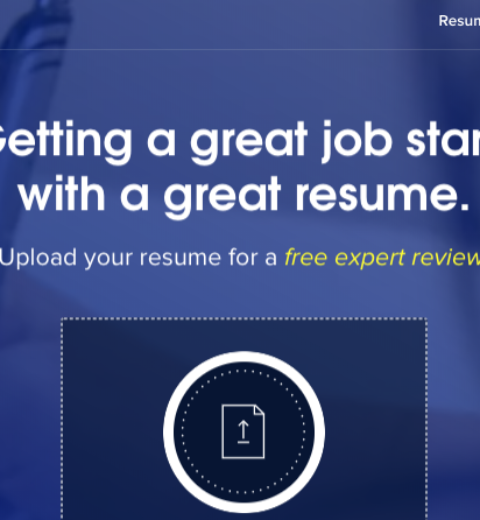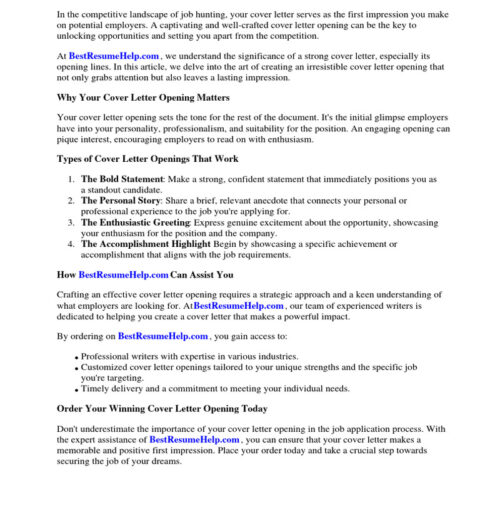Creating a resume when you lack formal work experience can feel daunting. Have you ever pondered how to showcase your abilities without traditional job roles filling your list of accomplishments? It certainly poses a unique challenge but not an insurmountable one. With the right strategy and understanding of how to present your skills, anyone can generate an impressive resume that captures the attention of hiring managers.
The first step in forging a strong resume is understanding the essential structure. A resume typically includes several key sections: contact information, a summary or objective, skills, education, and additional relevant experiences or activities. By maximizing these areas, you can craft a narrative that highlights your competencies.
Let’s delve into each of these sections, beginning with contact information. Although simple, this element is crucial. Include your full name, phone number, email address, and LinkedIn profile, if applicable. Placing this information at the top of your resume ensures it is readily accessible to potential employers.
Next is the summary or objective statement. This section acts as your elevator pitch, a tantalizing introduction that sets the tone for the entire resume. If you do not possess work experience, frame this statement to focus on your goals and skills rather than your past roles. For instance, instead of saying, “I am an experienced retail worker,” you could say, “Aspiring marketing graduate eager to leverage academic knowledge in a dynamic internship.” The aim is to captivate the reader’s attention and encourage them to continue perusing your resume.
Following your summary, you will compile a skills section. This is particularly critical for applicants with limited professional history, as it allows you to highlight abilities that are pertinent to the position you’re applying for. You can include both hard skills (like writing, data analysis, or programming languages) and soft skills (such as teamwork, communication, and problem-solving). When in doubt, review job descriptions in your field of interest to identify which skills are commonly sought after by employers.
Now we arrive at the education section, which should reflect not only your formal education but also any relevant coursework or academic achievements. If you possess a college degree, it should be displayed prominently. Include the name of the institution, your degree, and your graduation date. However, if you are still enrolled in an educational program, don’t hesitate to mention it along with expected graduation date. Additionally, if you received any honors or participated in notable projects, these details can make your educational background shine. For instance, listing projects that exhibit your ability to conduct research or collaborate effectively can signal your readiness for the workplace.
When creating a resume without work experience, considering alternative experiences is essential. Volunteer work, internships, and extracurricular activities can all be invaluable assets. In fact, these experiences often demonstrate qualities like dedication, teamwork, and initiative—traits employers highly regard. If you volunteered at a charity, organized events, or participated in student organizations, mention these activities in a dedicated experience section. Describe your contributions, the skills you utilized, and the impact of your engagement in these roles. This way, you not only fill out your resume, but you also convey real-world experience and dedication.
Moreover, remember to adjust your resume to fit each job application. Tailoring your content to match the specific role you are pursuing can improve your chances significantly. Utilize keywords from the position description and align your experiences and skills accordingly. This strategic adaptation reflects your attention to detail and genuine interest in the job, qualities that can set you apart from other candidates.
One innovative approach to consider is the utilization of a functional resume format. Unlike the more traditional chronological format, which emphasizes work history, a functional resume highlights your skills and accomplishments first, followed by relevant experience. Such a layout can be advantageous for individuals lacking extensive professional background, as it directs attention to capabilities rather than the absence of employment history.
Additonally, consider including a section for certifications and courses. Online platforms offer an array of courses leading to certifications in various fields. Obtaining a certification in your area of interest shows initiative and a commitment to your professional development. Listing such achievements can lend credibility and reflect positively upon your potential capabilities as an employee.
Finally, never underestimate the power of a well-designed resume layout. Utilizing an aesthetically pleasing format that is easy to navigate can contribute positively to the impression your resume makes. Use adequate spacing, consistent fonts, and bullet points to break up the text, making it readable and visually appealing.
In conclusion, crafting a resume with no work experience might appear to be an uphill battle. However, through careful emphasis on skills, education, and relevant experiences, you can create a substantial and engaging resume. By embracing an unconventional approach, such as focusing on a functional format and tailoring your content to each job application, you invite potential employers to look past the lack of a traditional work history and see the nuances of your capabilities. Remember, every expert was once a beginner, and your journey is just beginning.




